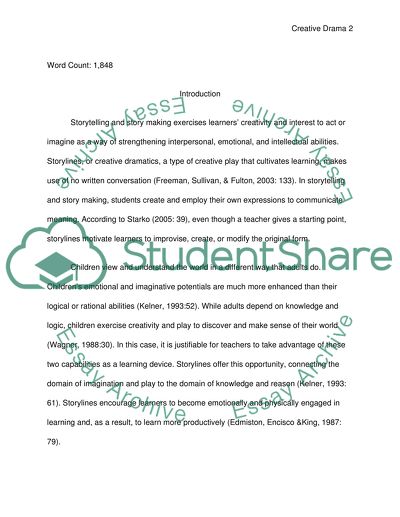Cite this document
(“How might the use of an approach such as Storyline promote learners' Essay”, n.d.)
Retrieved from https://studentshare.org/environmental-studies/1410430-how-might-the-use-of-an-approach-such-as-storyline
Retrieved from https://studentshare.org/environmental-studies/1410430-how-might-the-use-of-an-approach-such-as-storyline
(How Might the Use of an Approach Such As Storyline Promote learners' Essay)
https://studentshare.org/environmental-studies/1410430-how-might-the-use-of-an-approach-such-as-storyline.
https://studentshare.org/environmental-studies/1410430-how-might-the-use-of-an-approach-such-as-storyline.
“How Might the Use of an Approach Such As Storyline Promote learners' Essay”, n.d. https://studentshare.org/environmental-studies/1410430-how-might-the-use-of-an-approach-such-as-storyline.


